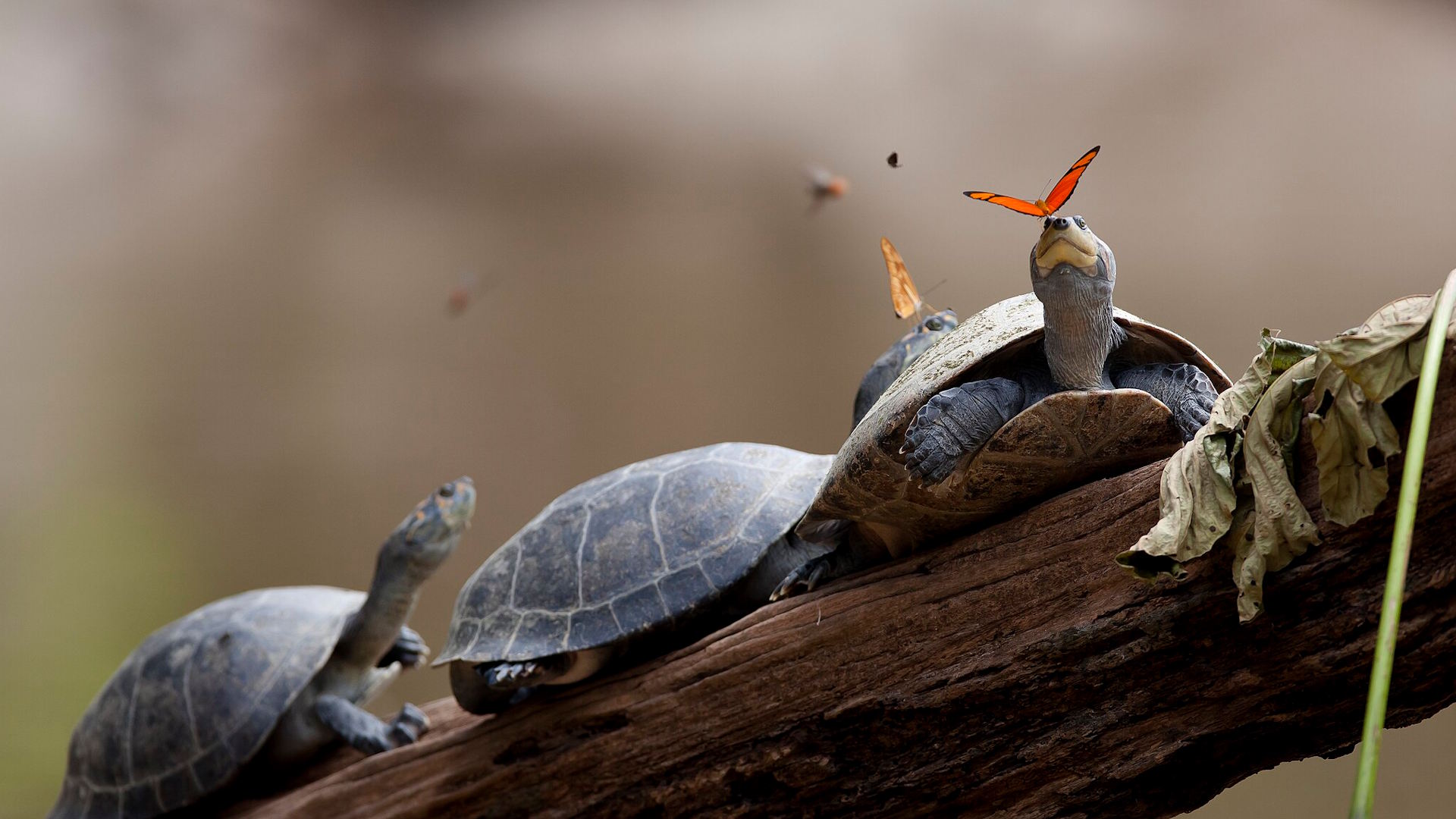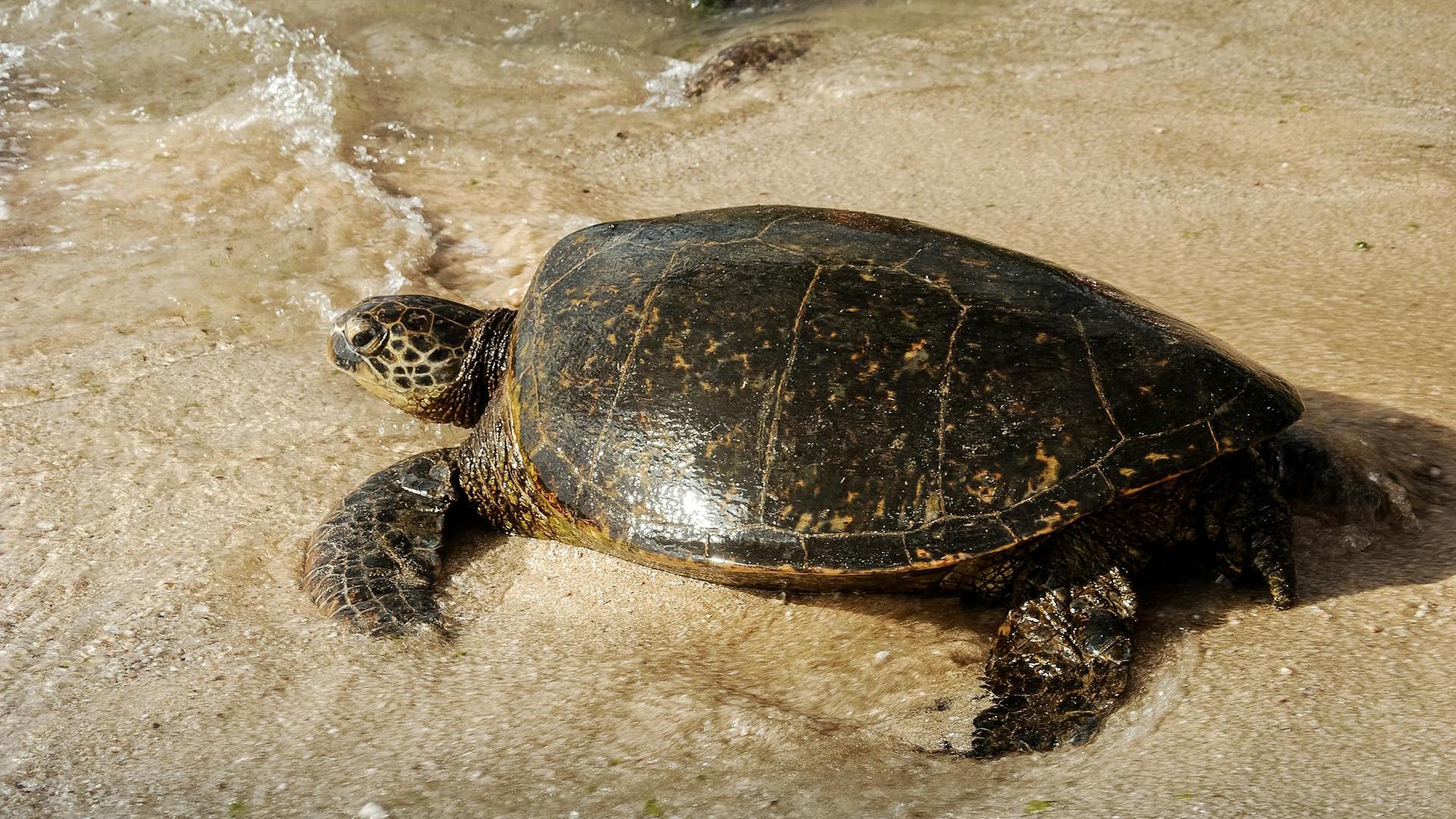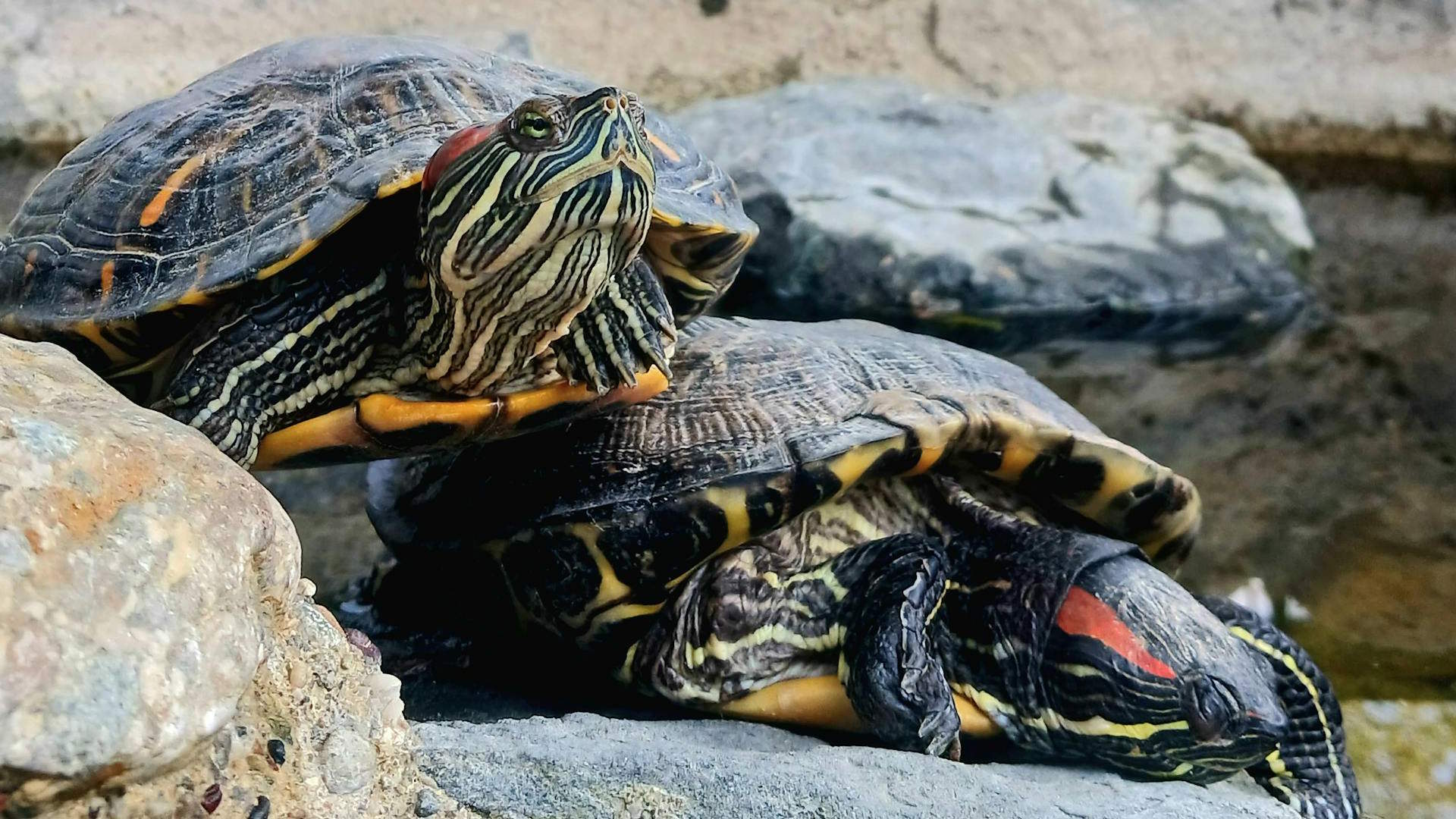For centuries, turtles have navigated our planet’s waterways and shorelines, playing vital roles in maintaining healthy ecosystems. Today, nearly 60% of the world’s 356 turtle species face extinction threats, making them one of the most endangered vertebrate groups on Earth.
From pollution and habitat destruction to climate change and poaching, these ancient reptiles face unprecedented challenges. The good news is that local conservation efforts can make a significant difference.
Whether you live near coastal areas, freshwater habitats, or even in urban environments, there are tangible steps you can take to help protect endangered turtle species in your community.
This guide explores practical, impactful actions that can contribute to turtle conservation efforts right where you live.
Understanding Local Turtle Species
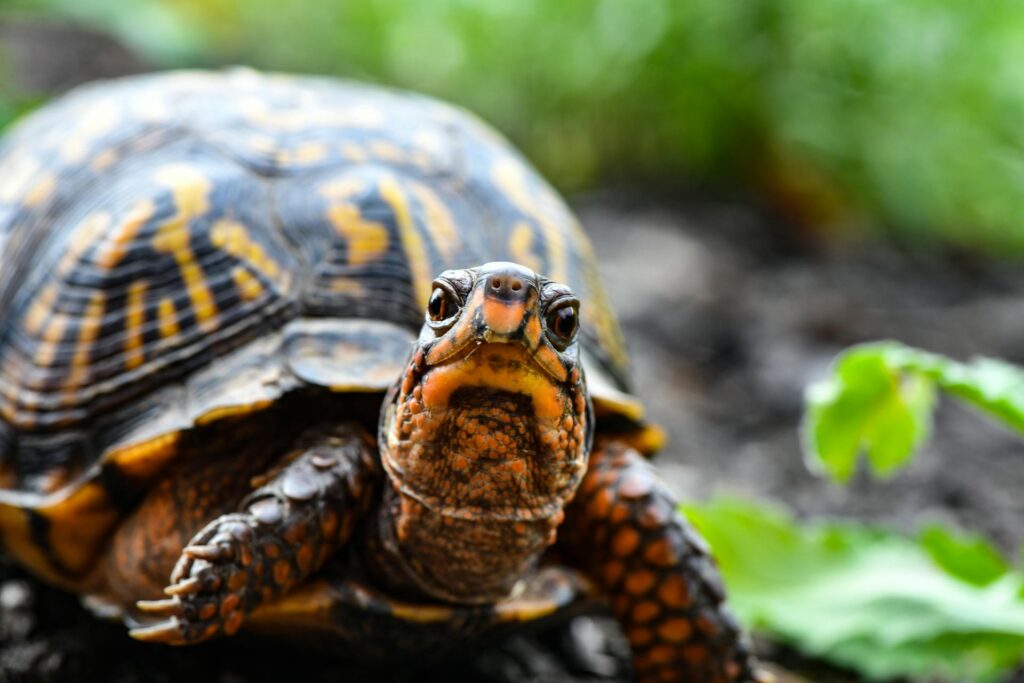
The first step in turtle conservation is identifying which species inhabit your region and understanding their specific needs and challenges.
Research which turtle species are native to your area through local wildlife agencies, nature centers, or conservation organizations.
Many regions in North America are home to species like the Eastern Box Turtle, Blanding’s Turtle, or various sea turtle species along coastal areas, each facing their own unique threats.
Learn about their breeding seasons, habitat requirements, and migration patterns, as this knowledge will help you target your conservation efforts more effectively.
Understanding the specific endangered status of local turtle populations—whether they’re vulnerable, threatened, or critically endangered—will also help you prioritize your actions.
Protecting Nesting Sites
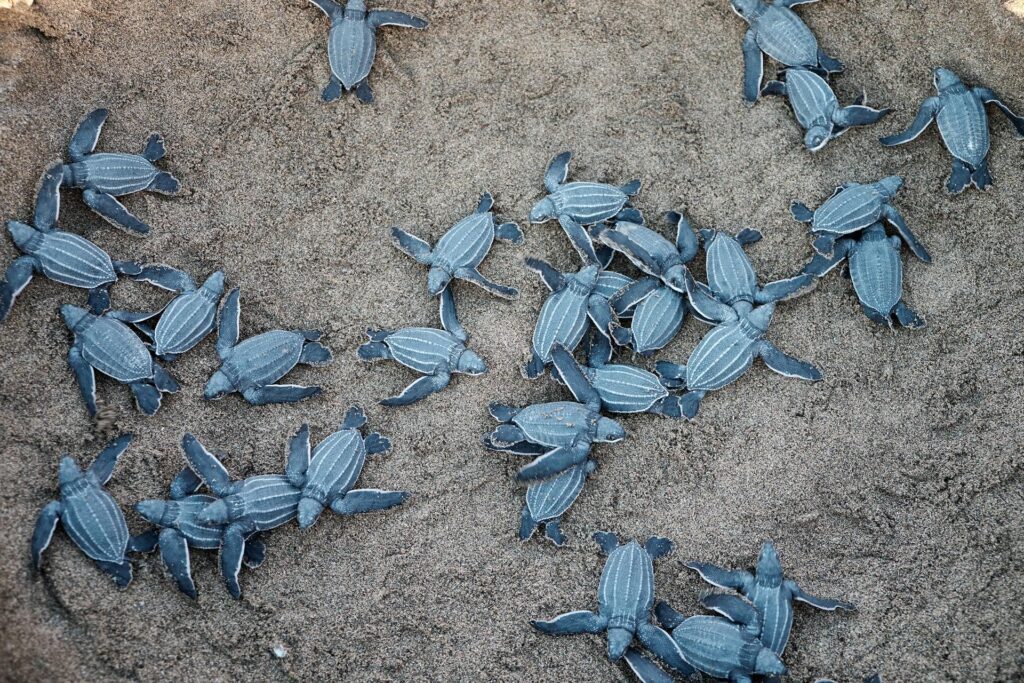
Female turtles often travel significant distances to find suitable nesting grounds, frequently crossing roads and entering residential areas in the process.
If you discover a turtle nesting site on your property, mark it discreetly and keep a respectful distance to avoid disturbing the mother or the nest.
Avoid using lawn chemicals, pesticides, or fertilizers near these areas, as these substances can harm developing eggs or hatchlings.
For beaches where sea turtles nest, joining organized nest monitoring programs can provide crucial protection during the vulnerable nesting and hatching periods.
Remember that even well-intentioned interference with nests can violate wildlife protection laws, so consult with local conservation experts before taking any action.
Creating Turtle-Friendly Habitats
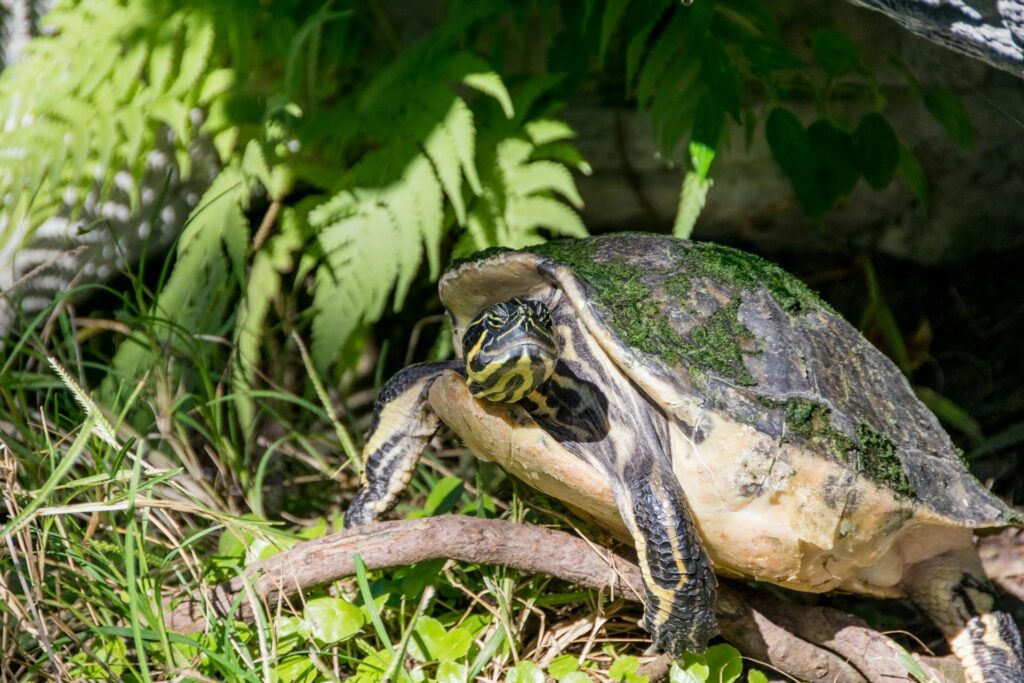
Habitat loss represents one of the most significant threats to turtle populations worldwide, but even small-scale habitat improvement can make a difference.
If you have property near water, consider maintaining natural shorelines with native vegetation rather than creating manicured lawns that extend to the water’s edge.
Leaving fallen logs and rocks in place can provide important basking spots where turtles regulate their body temperature, a critical activity for these ectothermic animals.
Creating or preserving shallow wetland areas, even small ones, can provide valuable habitat for many freshwater species.
For larger properties, consider working with conservation organizations to establish protected areas or conservation easements that preserve critical turtle habitat in perpetuity.
Reducing Light Pollution
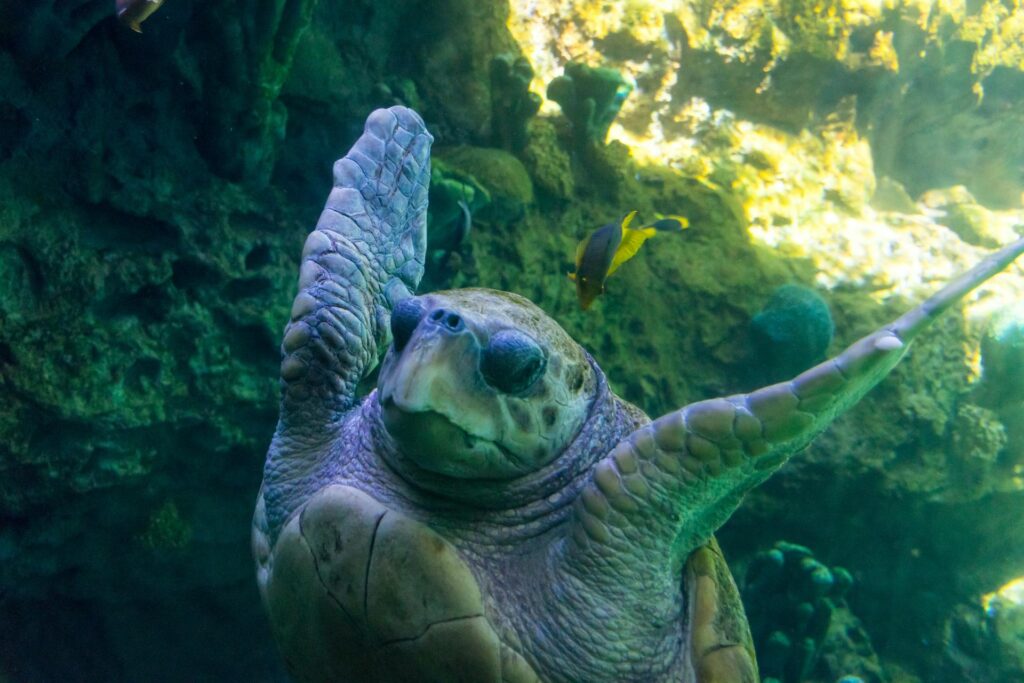
For coastal communities, artificial light poses a serious threat to sea turtle hatchlings, who instinctively move toward the brightest horizon—historically the moonlight reflecting off the ocean.
Today, beachfront lighting often disorients hatchlings, leading them away from the water and toward roads or predators. If you live near nesting beaches, use turtle-friendly lighting that emits longer wavelengths (amber, orange, or red) that are less visible to turtles.
Install motion-sensor lights that only activate when needed, and close curtains or blinds at night to prevent indoor light from spilling onto beaches.
Many coastal communities have lighting ordinances during nesting season, so check local regulations to ensure your property complies with these protective measures.
Even inland communities can benefit from reduced light pollution, as many freshwater turtles are also sensitive to artificial lighting.
Practicing Responsible Beach Behavior
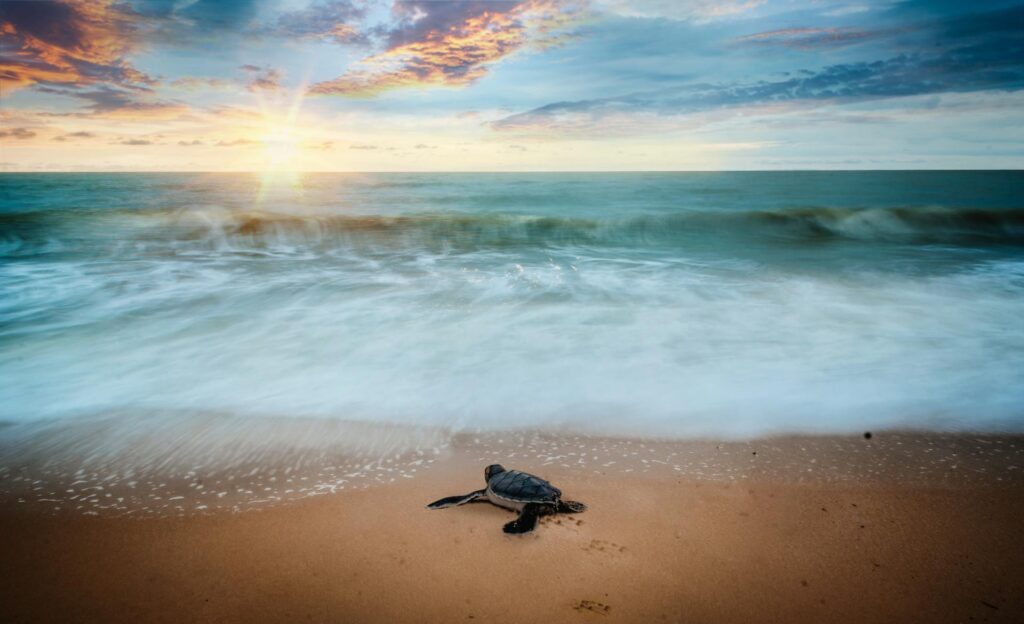
Beaches serve as critical nesting grounds for sea turtles, making responsible beach behavior essential for their protection.
When visiting beaches, always remove all items—chairs, umbrellas, toys, and trash—at the end of your visit to prevent obstacles for nesting females or emerging hatchlings.
Fill in holes and level sandcastles before leaving, as these can trap or disorient turtles making their way across the beach.
Keep pets leashed and away from nesting areas, as dogs can disturb nests or harm hatchlings. Stay off dunes and respect beach closures or restricted areas, which are often implemented to protect sensitive nesting sites during crucial periods.
Remember that even seemingly minor disturbances can cause a female turtle to abort her nesting attempt and return to the sea without laying eggs.
Volunteering with Conservation Organizations
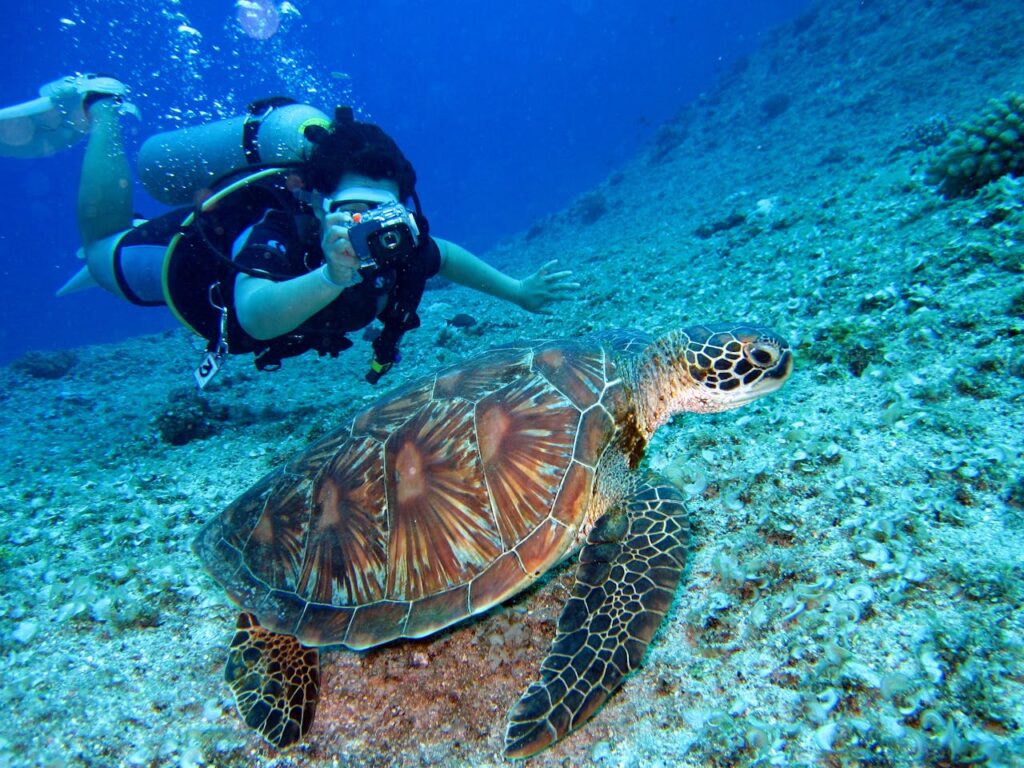
Local conservation organizations often rely heavily on volunteers to conduct important turtle protection work, providing excellent opportunities to make a direct impact.
Volunteer activities might include beach cleanups, nest monitoring, hatchling releases, habitat restoration projects, or public education events.
Many of these organizations provide training for volunteers, enabling you to gain valuable skills while contributing to conservation efforts.
For those interested in longer-term commitments, some programs need dedicated volunteers for regular patrol shifts during nesting season or to staff wildlife rehabilitation centers that care for injured turtles.
Beyond the conservation impact, volunteering connects you with a community of like-minded individuals passionate about protecting wildlife in your area.
Supporting Turtle-Safe Fishing Practices
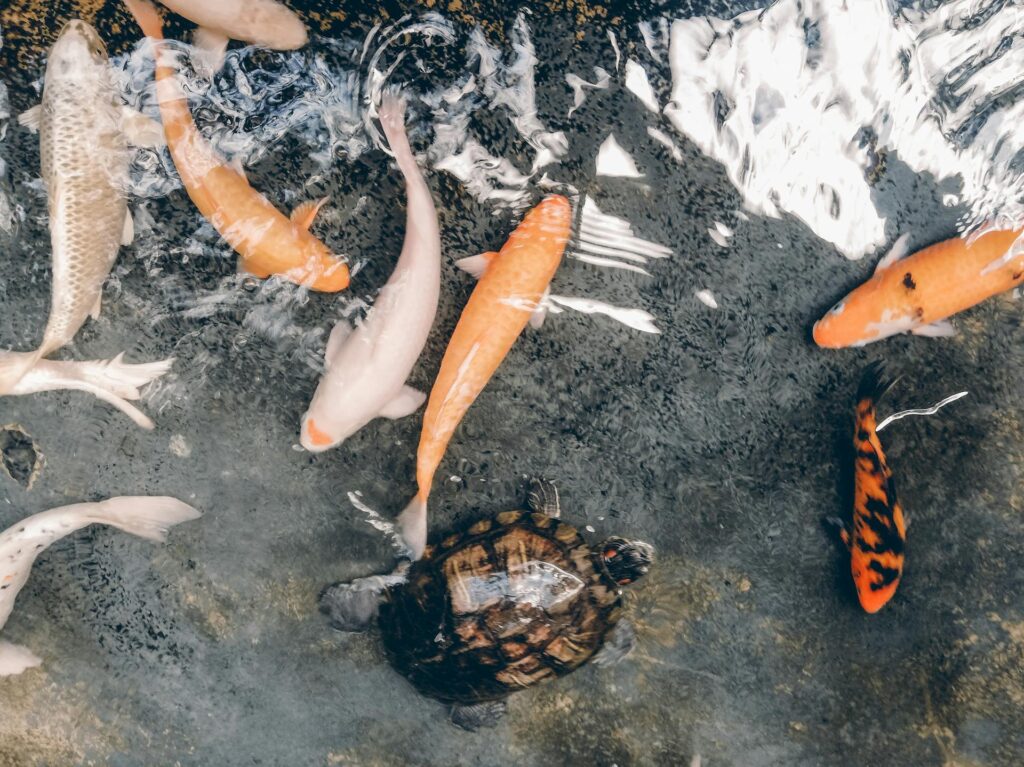
Fishing gear entanglement and bycatch represent major threats to turtles in both marine and freshwater environments, often resulting in drowning or serious injuries.
If you fish, practice turtle-safe techniques such as checking lines frequently, properly disposing of fishing line and hooks, and using circle hooks, which are less likely to be swallowed by turtles than traditional J-hooks.
Never leave fishing gear unattended, and if you accidentally hook a turtle, contact local wildlife authorities immediately for guidance on proper removal and care.
When boating in areas with turtle populations, maintain slow speeds in designated zones and remain vigilant, especially during migration and breeding seasons when turtles are more active near the surface.
Supporting and advocating for commercial fishing regulations that require turtle excluder devices (TEDs) on nets can also make a significant difference for marine turtle populations.
Helping Turtles Cross Roads Safely
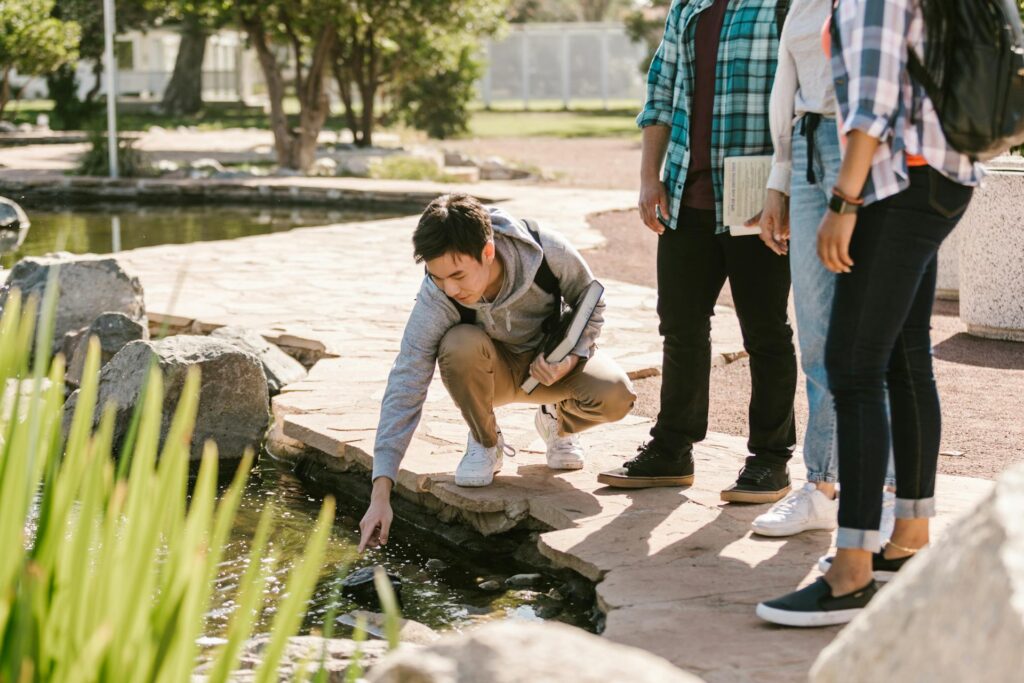
Road mortality represents one of the leading causes of turtle population decline in many regions, particularly during nesting season when females seek suitable egg-laying sites.
If you encounter a turtle crossing a road and it’s safe for you to do so, help it across in the direction it was headed—turning it around will only result in the determined turtle attempting to cross again.
Always move turtles by grasping the sides of their shell (never by the tail), and use extra caution with snapping turtles, which can deliver powerful bites when threatened.
For sustained impact, advocate for wildlife crossings, turtle tunnels, and fencing in high-mortality areas in your community.
Participating in or organizing citizen science projects to document turtle road crossings can help identify hotspots where conservation measures are most needed.
Reducing Plastic Pollution
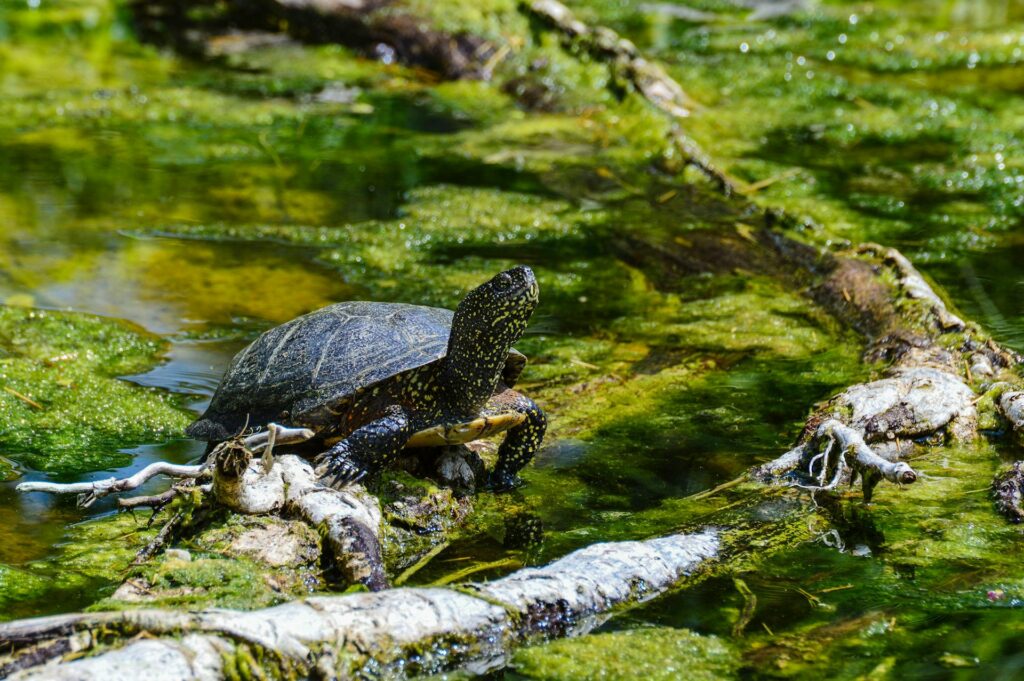
Plastic debris presents a deadly threat to turtles, who may ingest it, mistaking it for food, or become entangled in it. Sea turtles often mistake floating plastic bags for jellyfish, their natural prey, leading to intestinal blockages and starvation.
Minimize your plastic footprint by choosing reusable alternatives to single-use plastics like bags, bottles, straws, and food containers.
When plastic use is unavoidable, ensure proper disposal and recycling to prevent items from entering waterways.
Participate in organized cleanups of beaches, riverbanks, and wetlands to remove existing debris that threatens turtle habitats.
Consider adopting a local beach or shoreline section for regular monitoring and cleanup throughout the year, as consistent efforts can significantly reduce the amount of harmful debris reaching turtle habitats.
Reporting Injured or Stranded Turtles

Knowing how to respond when encountering an injured, ill, or stranded turtle can make the difference between life and death for these vulnerable animals.
Save the contact information for your local wildlife rehabilitation center, marine turtle stranding network, or animal control office before you need it, ensuring you can react quickly in an emergency.
When reporting a turtle in distress, note its exact location, take photos if possible, and provide details about its condition and behavior without disturbing the animal further.
Never attempt to treat injured turtles yourself or return stranded sea turtles to the water, as they may be suffering from serious conditions requiring professional care.
If possible, remain with the turtle at a respectful distance until help arrives to prevent further injury or predation.
Supporting Responsible Pet Ownership
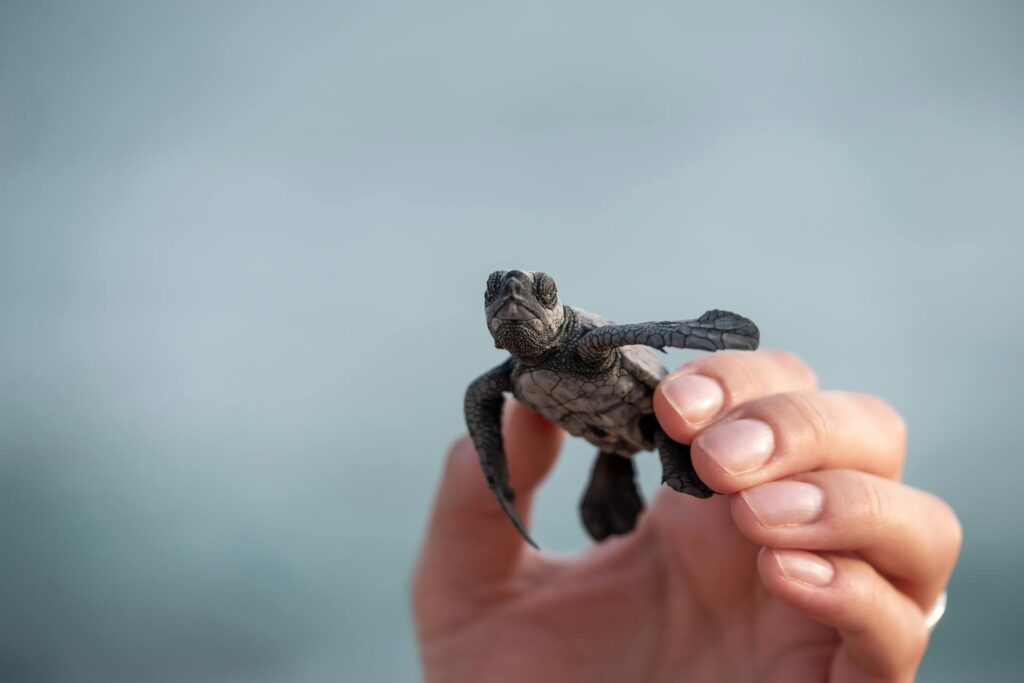
The exotic pet trade contributes significantly to the decline of many turtle species, with millions of turtles captured from the wild annually for commercial purposes.
Never purchase turtles that may have been collected from the wild, and research thoroughly before acquiring any turtle as a pet to ensure it comes from a reputable, captive-breeding source.
If you can no longer care for a pet turtle, never release it into the wild, as this can introduce diseases to native populations or establish invasive species.
Instead, contact reptile rescue organizations or herpetological societies that can help rehome your pet responsibly.
For those committed to turtle ownership, provide proper care throughout the animal’s often lengthy lifespan, which can exceed 50 years for some species, requiring a significant long-term commitment.
Advocating for Turtle-Friendly Policies
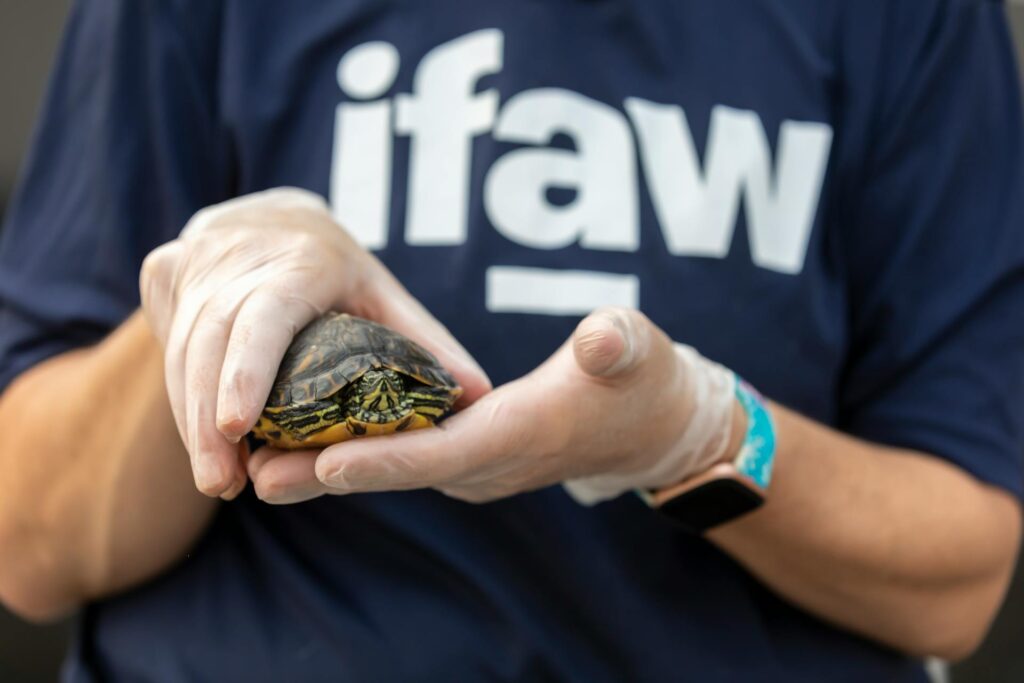
Individual actions make a difference, but policy changes can create wider, systemic protection for vulnerable turtle populations.
Attend local government meetings to advocate for wildlife-friendly ordinances, such as protecting wetlands, implementing turtle-safe lighting requirements, or creating wildlife corridors between fragmented habitats.
Support legislation that restricts development in sensitive nesting areas or requires wildlife impact assessments before construction projects begin.
Contact your representatives at local, state, and federal levels to express support for environmental protection measures that benefit turtles and their habitats.
Join or form community coalitions focused on specific turtle conservation issues in your area, as collective voices often carry more weight in policy discussions than individual advocacy efforts.
Educating Your Community

Spreading awareness about turtle conservation can multiply your impact by inspiring others to take protective actions. Organize or participate in educational events at schools, community centers, or local festivals to share information about local turtle species and their conservation needs.
Create informational materials like brochures or signs for beaches, parks, or boat launches explaining how visitors can help protect turtles in these areas.
Utilize social media to share accurate information about turtle conservation challenges and successes, being careful to avoid sharing sensitive location data for nesting sites that could attract poachers or excessive disturbance.
Consider becoming a certified naturalist or conservation ambassador through programs offered by many wildlife agencies and environmental organizations, equipping you with the knowledge and resources to educate effectively.
Conclusion
Turtle conservation represents both a challenge and an opportunity for communities worldwide. While the threats facing these ancient reptiles are significant, the collective impact of informed local actions cannot be underestimated.
By understanding the specific needs of turtle species in your area and implementing appropriate protection measures, you can contribute meaningfully to their survival.
Whether you’re helping a turtle safely cross a road, restoring native habitat on your property, or advocating for wildlife-friendly policies in your community, each action builds toward the larger goal of ensuring these remarkable creatures continue to thrive for generations to come.
Remember that turtle conservation is a marathon, not a sprint—many species live for decades or even centuries, and ensuring their long-term survival requires sustained commitment and adaptive strategies as our understanding of their needs evolves.


